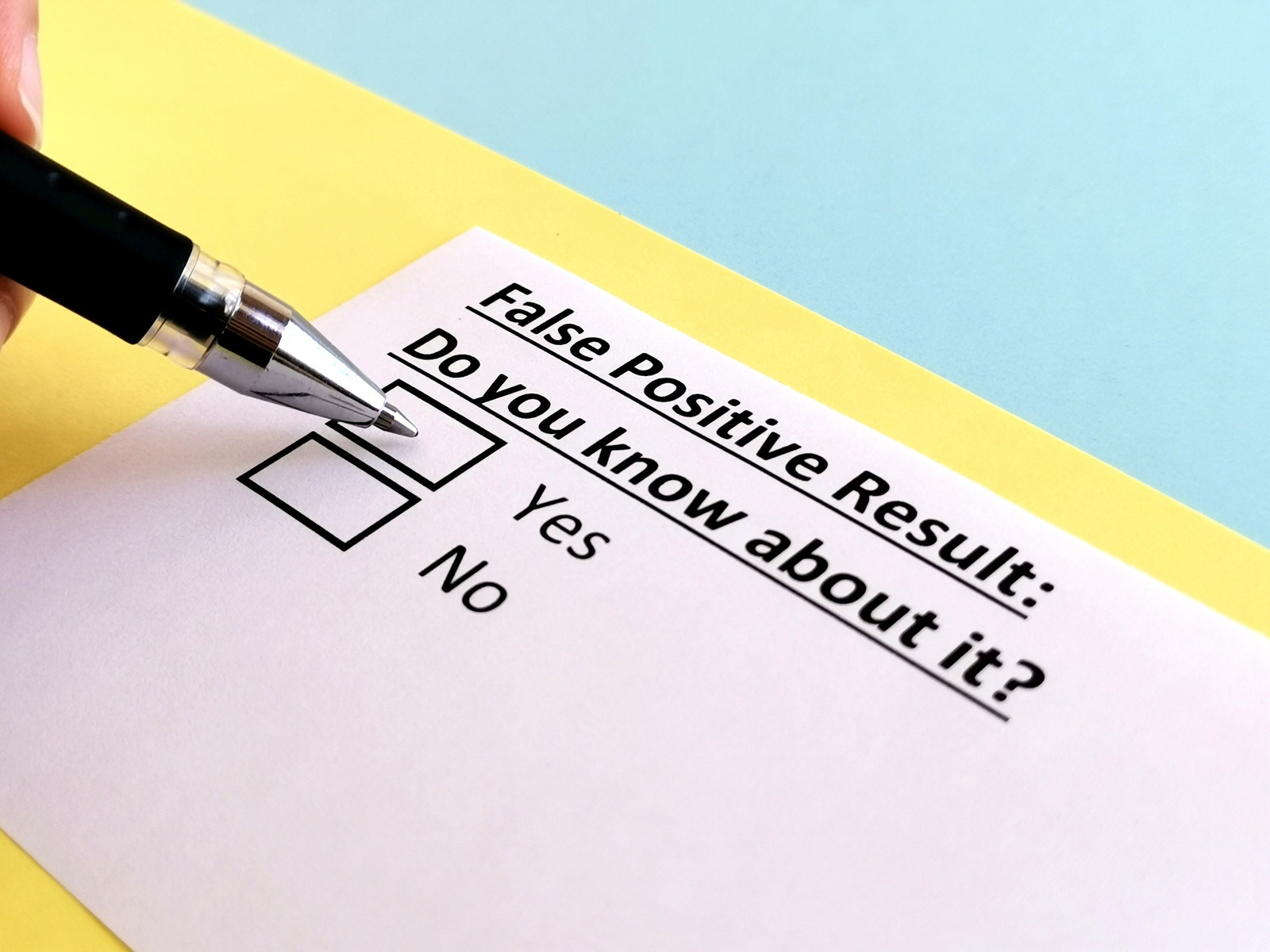How Long Does Methadone Stay in Urine? Here’s What You Need To Know

- Methadone is a synthetic, long-acting opioid agonist.
- The half-life for methadone is between 8 and 60 hours.
- Methadone can stay in your urine for up to a week, depending on several factors, including your age, weight, sex, BMI, and genetics.
- Methadone has a high addiction potential and should only be used in close consultation with your doctor.
- If chemical dependence on methadone has occurred, treatment is available to help you overcome a substance use disorder.
While methadone can help treat withdrawal symptoms when detoxing from opioid addiction or fighting chronic pain, it can also be habit-forming.
Methadone is an opioid. It is a long-acting agonist, which means it takes longer to eliminate from your body than other opiates. Methadone can be detected in a specialized urine test for up to 7 days.
Methadone Drug Facts
Methadone is a synthetic long-term opioid agonist medication.[1] It is a Schedule II medication for patients experiencing opioid withdrawal or chronic pain.
While methadone is a full agonist, it does have a ceiling effect for analgesia. This means that beyond a certain dosage, increasing the dose does not significantly increase pain relief. Very strict administration and maintenance treatment is necessary to avoid overdosing.
It can be taken as a tablet or as a liquid solution. Either way involves direct supervision of an attending physician or a strictly monitored prescription.
History
Methadone was first approved by the US Food and Drug Administration (FDA) in 1947 for its promising painkilling and anti-coughing properties. It was initially used in addiction treatment to help heroin addicts recover. It was believed to be as strong as morphine, yet longer acting.
A horrible irony: Methadone was created to help detox heroin users because it was stronger than morphine, yet heroin itself had been created years earlier to detox morphine addicts.[2][3]
In a horrible twist, pharmaceutical companies had not succeeded in ending morphine addiction, yet had created two substances more powerful and addictive than morphine in the process.
Mechanism of Action
As an agonist, methadone binds with your opioid receptors like heroin does. Your opioid receptors are located in your central nervous system.
Opioid receptors are involved in the release of dopamine through the modulation of neurotransmitter systems. As a reward for “good behavior,” your brain produces the neurotransmitter dopamine when you engage in physiologically healthy activities such as eating, drinking, working out, and having sex.
These opioid receptors will normally only bind with natural opioids. But, if you introduce a synthetic opioid into your system, such as methadone, it will bind with these opioid receptors.
Methadone binds primarily with the mu-opioid receptors.
This will produce the effects of pain relief, euphoria, and sedation.[4] Methadone is prescribed by doctors for its controlled pharmacokinetic properties, including a longer duration of action, and its efficacy in opioid replacement therapy. Heroin and cocaine are illicit substances with different pharmacological profiles and are not used in medical settings.
What is the Half-Life of Methadone?
The half-life for methadone is between 8 and 60 hours.[5] Because the half-life can be so long, the withdrawal symptoms are often less severe than other opioids.
Elimination half-lives are the time it takes for 50% of a substance to be eliminated from your body. Generally, it takes 4 to 5 elimination half-lives for a substance to be statistically eliminated from your body.
Your liver is the main elimination route for methadone. It should be totally eliminated from your body within 40 to 300 hours (that’s about 2 to 12 days).
Side Effects of Methadone
While methadone is prescribed for its opioid agonist qualities, it also has some side effects of its own.[6]
- Restlessness appendages (particularly legs)
- Nausea
- Slowed heartbeat
- Itchy sensations
- Perspiration
- Constipation
- Erectile dysfunction
Other serious side effects of methadone include:
- Throat constriction
- Feeling like you’re about to pass out
- Swelling of the face, lips, tongue, or throat
- Unexplained chest pain
- Increased heartbeat
- Hallucinations
How Long Does Methadone Stay in Your Urine?
Most general opiate drug tests do not test for methadone. A specialized urine test is required to test for methadone’s chemical makeup.
Other opiates such as codeine, heroin, and morphine can be detected in general urine tests for at least 2 days.[7] Of those, the opiate with the longest urine detection window is morphine, which can be detected in urine for a maximum of 5 days.[8]
Since methadone is longer-acting than morphine, the detection window is also longer. The detection window for both methadone and its metabolite EDDP in the specialized urine test is a maximum of 7 days.[9]
What Influences How Long Methadone Can Be Detected in Your System?
Many factors influence how long methadone can be detected in your system.
Depending on which kind of test you receive will determine whether or not methadone can be detected. Oral fluid generally has the shortest detection window for opiates (less than 36 hours), while hair generally has the longest detection window (up to 90 days).
There are also biological factors at play. Your age, weight, sex, BMI, and genetics will play a role. For just one example:
Accordingly, methadone, which is fat-soluble, can be detected longer in a woman’s body than a man’s body because she has more fat tissue into which it can initially absorb. Women generally have more subcutaneous fat than their male counterparts, even adjusted for weight and height.[10]
False Positives for Methadone
Several prescription medications have been recorded to produce a false positive test for methadone.[11] They are:
Verapamil
Verapamil is a prescription calcium channel blocker medication. It’s an approved treatment for people suffering from high blood pressure, reduced blood flow to the heart, abnormal heartbeats, cluster headaches, and more.
Considering the vast range of approved uses, one can easily see how someone could take verapamil for a valid reason yet test positive for methadone.
Quetiapine
Quetiapine is an antipsychotic prescription medication. It’s an approved treatment for people suffering from schizophrenia, acute manic episodes, and supplemental treatment for major depressive disorder.
Considering the vast range of uses, it does not take much imagination to see how a person could take quetiapine for a valid reason yet test positive for methadone.
Diphenhydramine
This is an over-the-counter antihistamine medication. It’s an approved treatment for people suffering from uncontrollable muscle spasms, insomnia, itchy skin, hives, vertigo, and motion sickness.
Considering its wide range of uses, it is entirely plausible someone could be taking diphenhydramine for a valid reason yet test positive for methadone.
Doxylamine
This is an over-the-counter antihistamine medication. It’s an approved treatment for pregnant women suffering from nausea, allergy sufferers, and insomniacs.
Considering doxylamine’s wide range of uses, it would be easy for someone to take doxylamine for a valid reason yet test positive for methadone.
Methadone Addiction Treatment
If you are addicted to methadone, the first step in a recovery plan will involve creating an individualized recovery plan.
This recovery plan will include pharmacological and psychotherapeutic interventions to help you achieve lasting sobriety. The first step will be a compassionate detox, where you will be given chemical assistance as you endure withdrawal.
The second step could include either a partial hospitalization program (PHP) or an intensive outpatient program (IOP). Your time here will involve multiple evidence-based therapies. Regardless of your chosen environment, you need to be surrounded by support systems that help you disrupt old, addictive habits and create new, sober routines.
Overcoming Methadone Addiction Starts Here
If you are addicted to methadone, seek treatment immediately. Find a licensed treatment facility that is staffed by addiction treatment professionals.
At Epiphany Wellness, we are dedicated to helping those struggling with drug and alcohol addiction. With our state-of-the-art drug and alcohol rehab in New Jersey and addiction treatment centers in Tennessee, we offer comprehensive treatment programs to guide individuals into discovering a brighter future. Methadone addiction can consume your life to the point where you don’t know how to escape its pull. If that sounds like you, you’ll need a team of recovery experts who want to offer you every opportunity to achieve lasting sobriety. You are not alone – let us help you find your path.
Frequently Asked Questions About Methadone

